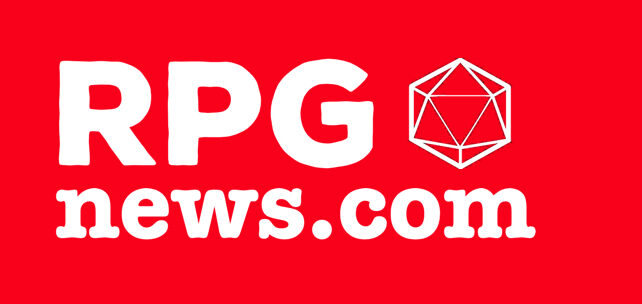Last time we examined reasons to favor using a board and pieces in tabletop role-playing games, particularly when the focus is on tactical combat and treating the RPG primarily as a game. Now, we turn our attention to the other side of the coin: the advantages of using Theater-of-the-Mind (TotM) for encounter resolution.
Back to the Theater
The core argument in favor of Theater of the Mind (TotM) centers on emphasizing the big picture over minute-to-minute positioning. The idea being that the success of a party depends less on the exact squares a character occupies and more on the group’s cohesion, the quality of their overall strategy, and their willingness to gather intelligence. In short, TotM play approaches combat by focusing less on tactical positioning and more on how the overall challenge is met.
Speed, Immersion, and Attention
One of the greatest benefits of TotM is the speed it adds to gameplay. When a system focuses on narrative flow, time isn’t spent meticulously positioning figures or measuring exact distances for every action. Instead, players can describe their character’s intended actions before initiative is rolled, and the action proceeds quickly. This allows the game to maintain momentum without being frequently interrupted by tactical adjustments, particularly movement on a board or battle map.
TotM relies heavily on the participants’ ability to visualize the scene, encouraging players to use their imaginative skills. As some of our past discussions on game design have explored (see The Chain of Imagination and The Lost Art of Making Things Up), the practice of visualizing narrative details through oral-only descriptions requires focus. With miniatures, your character’s positioning exists whether you describe it or not, but in ToTM your PC is only as present in an imagined space as you and your DM describe it.
Relying solely on oral descriptions also means players have a chance to engage their imaginations fully. By demanding greater focus on the spoken word, TotM prioritizes qualitative combat—stuff that stirs emotions and feels chaotic, jumbled, and terrifying—over purely quantitative combat with measured distances.
Order vs. Chaos?
While TotM excels at prioritizing narrative flow, it naturally comes with a trade-off in tactical precision. Removing geospatial relationships and maneuver from combat can deemphasize the importance of exact positioning, often a critical factor in combat tactics that involve flanking, stealth, and surprise. The lack of a grid makes adjudicating spells involving ranged or area-of-effect attacks much more abstract and can lead to disputes over line of fire. When these kinds of situations crop up, the adjudication relies on the Game Master’s vision (who presumably has the best perspective of where monsters and PCs are situated), and this can leave players uncertain about the risks their characters are taking.
TotM, like grid-style play, is not an absolute either. For practical reasons, games will often shift from one style to another. It’s one thing to slog your way through a dungeon, checking for pit traps along the way with every tentative step, and another to free-fall off an airship while engaging aerial combatants. One lends itself to a grid, the other requires three-dimensional play in a way that is not easy to replicate without identify the “Z” axis in height on a tabletop. ToTM might work just fine for most groups in these kinds of complex combat situations, who then shift back to miniature play when feet are firmly planted on the ground.
TotM can also be key in keeping players and their characters in the dark. When it’s important to surprise PCs with “fog of war” style mechanics, it can be challenging to keep visual information from spoiling an ambush or a trap withou covering or hiding the map. Shifting gears to TotM communicates that the game shifts in tone, which works well for horror-themed scenarios.
Different Strokes for Different Folks
Ultimately, the choice between these two styles comes down to group preference. If the primary goal is to tell a story to your players, TotM can help tell it more quickly and more simply. Conversely, if your group prioritizes precise, tactical combat where every five-foot step matters, the grid is necessary. The key is finding the method that best serves your game’s needs and making sure everyone knows what style the table will be using before you start.
Your Turn: Which type of encounters do you always resolve using ToTM and why?
Read more at this site
